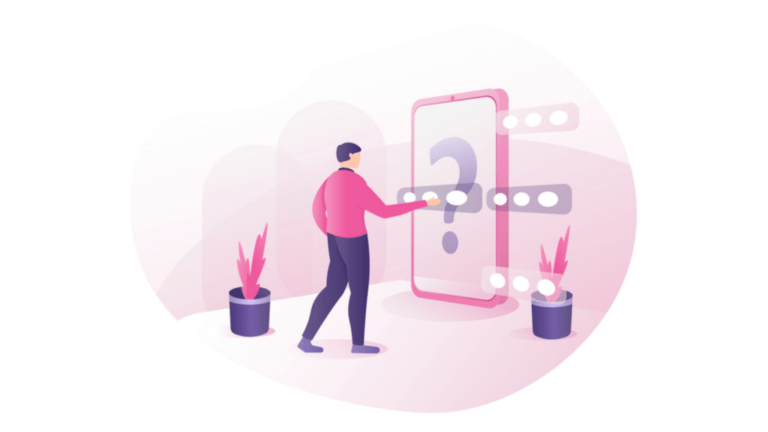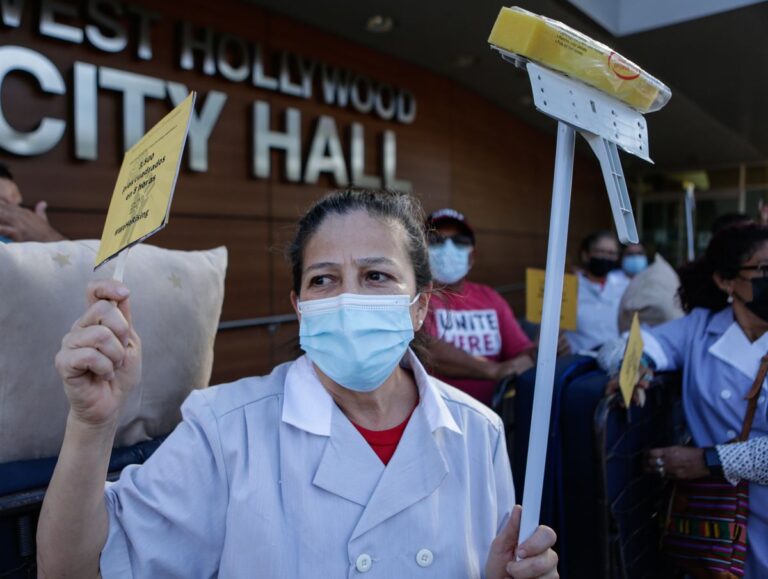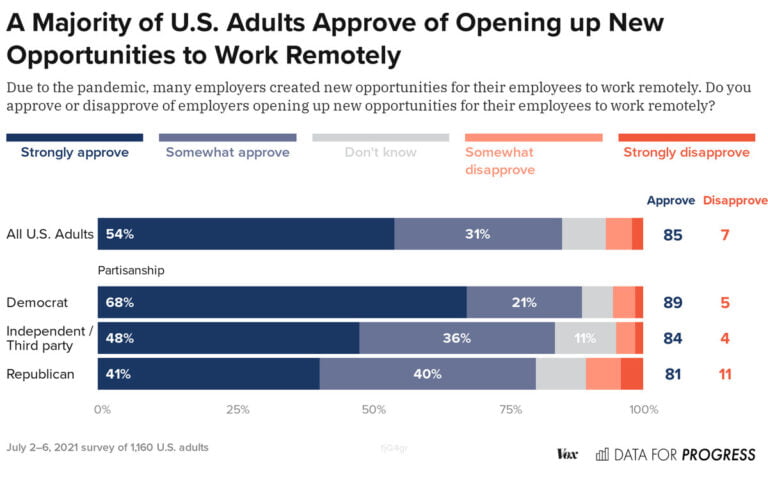Since the start of the pandemic, widespread process change and technological adoption emerged across healthcare and were put to work almost overnight. These use cases for digital transformation serve as a model for what all industries can achieve—not just in a moment of global crisis, but on a day-to-day basis.
Few aspects of the healthcare industry have gone untouched in recent months as the COVID-19 pandemic swept the globe.
The way front-line doctors and nurses cared for sick patients had to evolve in a matter of days, as did methods for connecting patients to a doctor—even if they could not visit a hospital. People in quarantine also needed new tools to connect with their loved ones. And how researchers share data changed too.
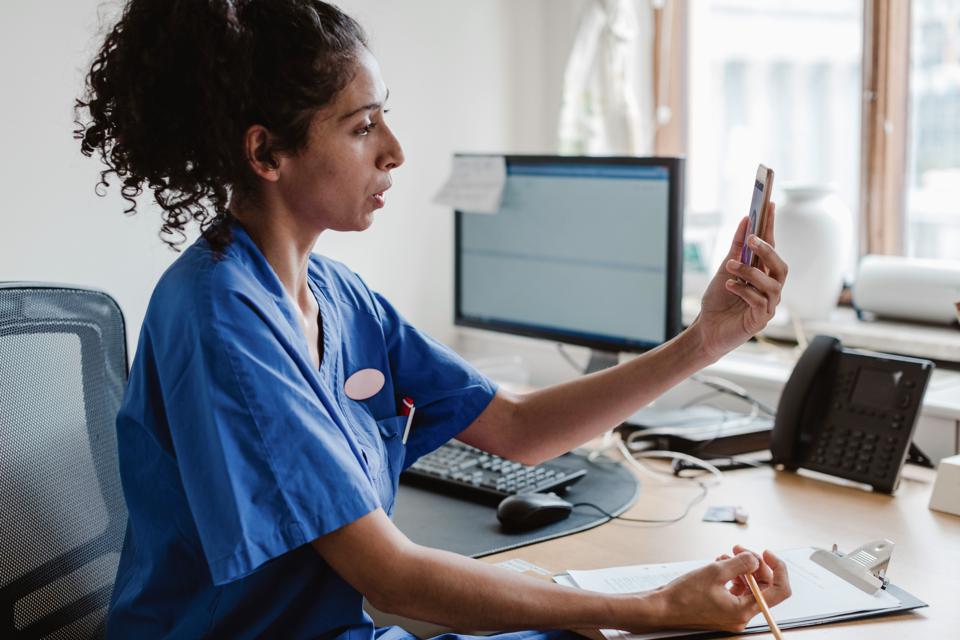
Video conferencing is one of the most obvious and significant areas in which software has advanced during COVID-19. The ability for healthcare professionals to screen, triage, and in some cases even treat patients without being in the same space became an urgent need.
Getty
Such widespread process change and technological adoption can usually take years—but in this case, solutions were rolled out and put to work almost overnight. The IT systems and solutions driving these rapid healthcare evolutions not only helped address urgent, ongoing needs but also established a foundation for long-lasting improvements, particularly those that lead to systems capable of resilience in the face of future disruptions.
Of course, the capability to quickly spin up new use cases in a moment of global urgency was in many ways seeded by the march of technology over the last several years. Because modern software is built around technologies such as APIs and microservices, individual functions, services, and datasets can be modularly recomposed and connected without starting from the ground up or engaging in the laborious custom integration projects that typify legacy IT approaches.
In this way, these use cases serve as a model for what all industries can achieve, not just in a moment of global crisis, but also on a day-to-day basis.
Healthcare IT evolutions in a moment of crisis
Video conferencing is one of the most obvious and significant areas in which software has advanced during COVID-19. As the pandemic spread, experts became concerned about sick or worried patients flooding hospitals and doctors’ offices, potentially exposing healthy people to those who were infected. The ability for healthcare professionals to screen, triage, and in some cases even treat patients without being in the same space became an urgent need.
Likewise, it was important to find ways to let quarantined doctors who were exposed to the virus, but were otherwise asymptomatic, continue to see patients. Patients who were quarantined or in ICUs also wanted ways to maintain connections with loved ones while in isolation.
Video conferencing ticked all of these boxes. Unsurprisingly, as noted in a recent Forbes article, one particular telehealth solution experienced a usage surge of over 1,000% as the emergency escalated. In Asia, since the COVID-19 outbreak, more people have been turning to Doctor Anywhere’s telemedicine services, and opting for video consultations with locally-registered doctors and medication delivered to their doorstep. This led to a more than 70% increase in traffic, according to the company’s Chief Technology Officer Rishik Bahri.
The path forward is not always about building something new from scratch, but rather about using the agility of modern IT to combine and connect existing systems and services in new ways.
As with many other technology companies, Google has been involved in these efforts in a variety of ways. Our Contact Center AI solution, for example, provides a chatbot that healthcare providers can integrate into their own systems. The chatbot can start the conversation with a patient and collect relevant information before handing them off to a live video connection with a healthcare professional. With the ability to transcribe information in real time and translate across 23 languages, it has helped providers manage large volumes of calls while preserving finite resources and keeping people at safe distances until in-person interactions are needed.
The ability to integrate seamlessly into the provider’s electronic health record (EHR) workflows is crucial for usability. At Google, we have open-source code that helps Google Meet, our enterprise-grade video conferencing solution, launch from within EHR systems that leverage industry standards, such as SMART on FHIR, needed to protect security and maintain data governance. These telehealth workflows enable a doctor to receive a digital “knock” on their end when a patient signs in. This “knock” triggers further actions within the EHR system, giving the doctor access to, and the ability to modify, important records in real time.
Meet is also being used as the foundation for:
- Establishing virtual classrooms where doctors can collaborate on procedures, inside or outside hospitals
- Enabling ICU patients to see and speak to loved ones
- Providing support for people who do not have COVID-19 but still need care, such as from a mental health provider
Beyond Meet, Google’s broader productivity and collaboration solutions, which comprise G Suite, have also played a role. This includes providing a platform to store patient data while maintaining data security and HIPAA compliance, and enabling doctors to access information from anywhere, on almost any device.
The exchange of healthcare data has also been an important aspect of the COVID-19 response, both so doctors have full access to a patient’s records during treatment and so researchers can work to better understand COVID-19. Google has contributed to many research and interoperability efforts. Notably, our Cloud Healthcare API lets healthcare organizations ingest and manage data from a range of sources and systems, providing doctors with a comprehensive view of a patient’s medical records.
On the research front, we’ve made available a pre-hosted repository of public healthcare datasets and various tools and training resources, including artificial intelligence, to help those analyzing the data make the most of it. Healthcare organizations can also use COVID-19 datasets in combination with the Google Maps Platform to visualize outbreak clusters, provide testing site locations, route medical deliveries, and handle other critical logistics operations.
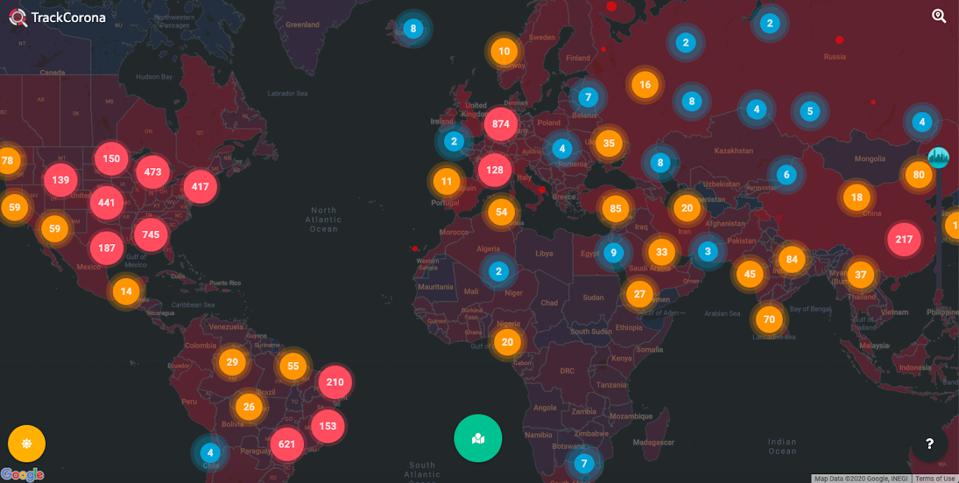
TrackCorona provides up-to-date, global information to help fight the pandemic. More information at www.trackcorona.live.
TrackCorona
Looking forward
While the COVID-19 technology deployments were compelled by an immediate urgency, in many cases they’ll remain relevant and critical over the long term—both in handling future pandemics and in more routine healthcare scenarios.
The rapid adoption of telemedicine, for example, could accelerate change in how patients interface with doctors, including when they seek in-person attention at a medical facility or when they connect with a provider remotely. This presents significant and positive implications in terms of both public health—as the ways in which people seek care could expand and diversify—and the cost of healthcare, which could decrease. A recent FCC report estimates that within the Veteran Health Administration, remote patient monitoring programs, which telehealth enables, cost about 12% of what home-based primary services cost.
But these sorts of evolutions are not limited to healthcare. Many of the resources called into service to fight COVID-19 already existed in other industries and workplaces; they just had not been recomposed for the use cases that emerged due to the pandemic—and were subsequently adopted at such massive scale.
As organizations of all kinds manage the economic uncertainty that the pandemic is causing, they can follow a similar model. The path forward is not always about building something new from scratch, but rather about using the agility of modern IT to combine and connect existing systems and services in new ways. Foreseeing every challenge in the coming months and years is impossible for any of us, but just as technology has helped healthcare respond to unprecedented times, it will be a resource for other organizations too.
At Google Cloud, we’re committed to helping the healthcare industry meet today’s extraordinary challenges. Here are some of the ways that our teams are mobilizing to help healthcare organizations, researchers, and patients navigate the COVID-19 pandemic.



